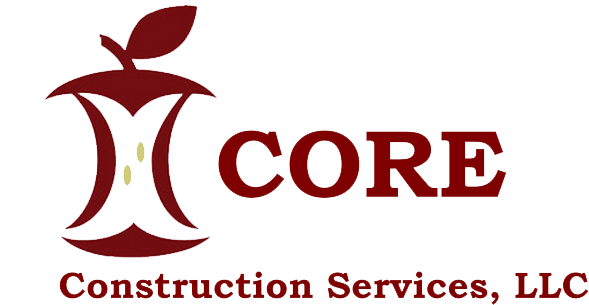 Anyone can win a project with a low bid, but it takes work to earn a best-value project, both from a marketing standpoint and from a team’s previous work performance. Best-value proposals reward innovation, expertise and quality, because these are valuable to a client. Price is always a consideration, of course, but clients will pay for “extras” that provide value, such as energy efficiency or expertise in building a specific type of building, like a laboratory.
Anyone can win a project with a low bid, but it takes work to earn a best-value project, both from a marketing standpoint and from a team’s previous work performance. Best-value proposals reward innovation, expertise and quality, because these are valuable to a client. Price is always a consideration, of course, but clients will pay for “extras” that provide value, such as energy efficiency or expertise in building a specific type of building, like a laboratory.
The biggest mistake most construction companies make in requests for proposals (RFP) and requests for qualifications (RFQ) is not following the specified rules and order. A potential client is reviewing more than just one proposal, so it’s important to make review easier. Even if one disagrees with the order of the content or thinks a requirement is too simple, following the directions is imperative, because it is the first test in showing the potential client that one can listen and follow directions. Spelling the client’s name correctly falls into this category. For example, a proposal for Texas A&M with “Texas University” in the text will immediately be thrown out because the candidate did not understand that these schools are two different entities. The first cuts usually are the proposals that do not follow directions; it makes the selection committee’s work easier.
Remember, the proposal is about the client, not the applicant. The client wants to hear how the applicant will meet its needs, not how great the applicant is. A company’s business development efforts before the RFP is issued will help the prospective client line up the company’s value with the client’s needs. The challenge here is that each member of the selection committee has different needs. A university is a great example of this point; the maintenance person is looking for ease in maintaining the building, a CFO is looking at the cost over the life of the building and a student is interested in the building’s usability and aesthetics. Also, people tend to want to deal with people they know. If an applicant has never heard of the prospective client before the RFP, it is too late to build a relationship, because competitors are months or years ahead.
Showing one’s value means having to explain one’s pricing. Many clients require a price breakdown. They understand the company has to make a profit, but will question the price if it is substantially higher or lower than the rest. Even if one’s price is significantly lower, it is necessary to justify the cost savings; otherwise, the prospective client will think the contractor does not understand the scope of the project. For example, one company ran its asphalt plant with no markups as a differentiator, but it did not mention in the proposal that it owned the plants; its proposal was thrown out because it was more than 20 percent less than the other bids.
Differentiators
Price should not be the only way that a company stands out. A company needs to clearly show a prospective client why it’s different from everyone else. If it doesn’t, it becomes a commodity, competing purely on price. A company’s differentiators could be a number of different things, whether it’s expertise in the type of building in the contract, specialized tools and equipment, experts on the team or the company’s unique personality and culture.
Showcasing a company’s personality is a good thing. A company can’t be all things to everyone, and the prospective clients that don’t like the personality will be difficult clients anyway. When projects go wrong, it is most likely because the customer didn’t “get it,” which translates as a mismatch between company personalities. In some cases, a company may have little related project experience, but its personality can win the job. The most important thing to convey is that one’s company thrives on challenges, and will do what it takes to get the job done right.
Above all, a proposal must impress and look professional. Using a 99 cent binder with cheap paper and flimsy tabs makes a company look cheap, and tells the client that the company doesn’t really care about the project in question. Even if the selection committee does not score the actual presentation of the proposal, it is an important part of the overall impression, and it most definitely affects the scoring. No need to hire an outside design team, but it’s imperative to spend the time to make sure the company looks the part. Try to use the proposal as a mechanism to be unique and stand out, but remember to stay within the confines of the rules.
The goal of the proposal is to make the selection committee’s job easier by selecting this company for the job. Especially on contentious bids, the prospective client needs to be able to justify its selection, so it’s important to answer all of the tough questions for the committee. When price is the only differentiator among 30 proposals, the client will always pick the low price. The construction industry has come too far in innovation, service and expectations to go back to a low-bid only market.
A heads-up if one makes it to round two: Don’t repeat everything from the proposal in the presentation; it’s old news. The presentation is where the potential client meets the team and discusses the elements of the project in depth.

